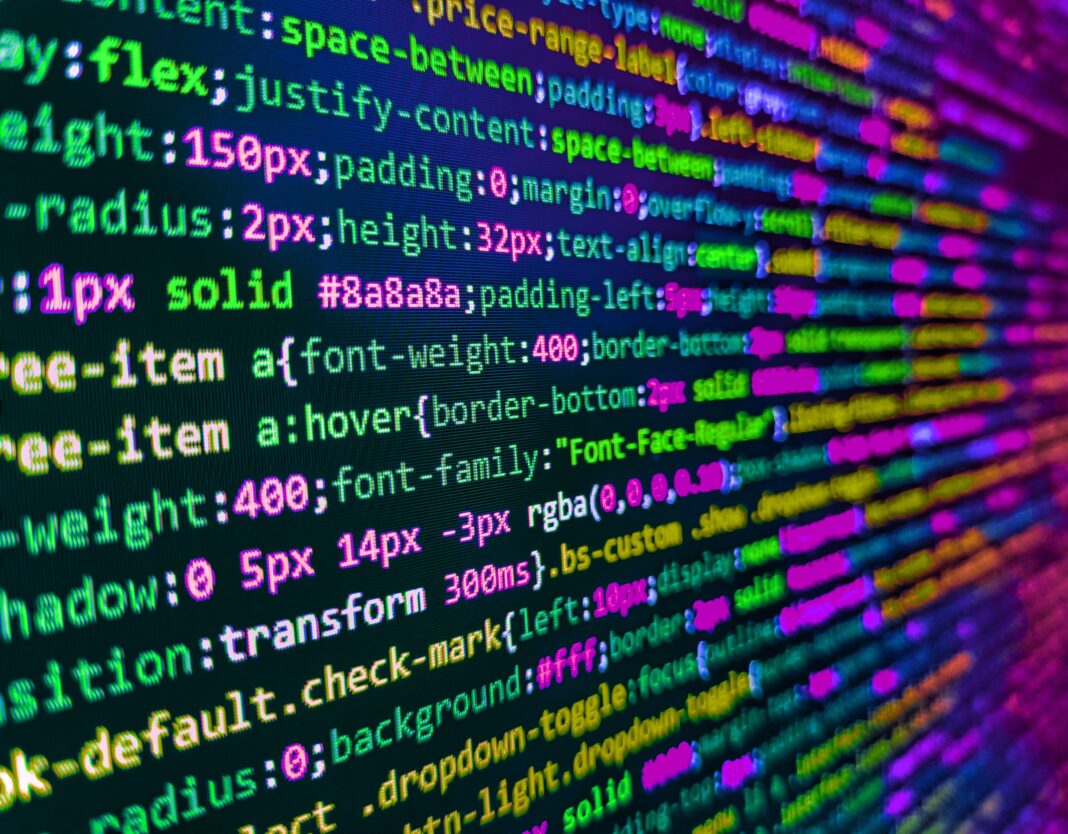Green Code: Sustainable Practices in Web Development
In today’s digital age, where the internet plays an integral role in our daily lives, the concept of sustainability extends beyond physical conservation efforts to encompass digital realms. As web development continues to evolve, there’s a growing emphasis on adopting sustainable practices to minimize environmental impact. This article explores the concept of “Green Code” and highlights various strategies for sustainable web development.
Introduction to Green Code
Green Code refers to the adoption of environmentally friendly practices in web development to reduce energy consumption, minimize carbon footprint, and promote sustainability. It encompasses various techniques and methodologies aimed at optimizing the efficiency of websites and web applications while mitigating their environmental impact.
Importance of Sustainable Practices in Web Development
The exponential growth of the internet has led to an increase in energy consumption and carbon emissions associated with data centers and servers. By embracing sustainable practices in web development, businesses and developers can contribute to environmental conservation efforts while also reaping economic benefits through reduced energy costs and improved brand reputation.
Energy-Efficient Coding Techniques
Minification and Compression
Minifying and compressing code files, such as HTML, CSS, and JavaScript, reduces their size, resulting in faster loading times and reduced bandwidth usage. This not only enhances user experience but also decreases energy consumption associated with data transfer.
Efficient Resource Loading
Optimizing resource loading by deferring non-essential scripts, lazy loading images, and utilizing asynchronous loading techniques can significantly improve website performance and reduce energy consumption by minimizing server requests.
Optimizing Database Queries
Efficiently optimizing database queries helps reduce server processing time and resource utilization, leading to lower energy consumption and improved overall performance of web applications.
Reducing Server Loads
Server-Side Caching
Implementing server-side caching mechanisms reduces the need for repetitive generation of dynamic content, thereby lowering server loads and energy consumption.
Content Delivery Networks (CDNs)
Utilizing CDNs to distribute website content across multiple servers geographically reduces latency and server loads, resulting in improved performance and reduced energy usage.
Using Sustainable Hosting Providers
Opting for hosting providers that prioritize renewable energy sources and employ energy-efficient infrastructure can significantly reduce the environmental impact of web hosting operations.
Prioritizing Accessibility
Ensuring accessibility for all users, including those with disabilities, not only enhances user experience but also promotes sustainability by minimizing the need for energy-intensive workarounds and alternative browsing methods.
Implementing Responsive Design
Adopting responsive design principles allows websites to adapt seamlessly to various devices and screen sizes, reducing the need for separate mobile versions and optimizing energy efficiency across different platforms.
Sustainable CSS and JavaScript Practices
CSS Optimization
Utilizing CSS preprocessors and optimizing stylesheets help reduce file sizes and improve rendering performance, leading to lower energy consumption during website browsing.
JavaScript Efficiency
Writing efficient JavaScript code, avoiding unnecessary computations, and utilizing browser caching techniques contribute to improved website performance and reduced energy consumption on client devices.
Choosing Eco-Friendly Frameworks and Libraries
Selecting lightweight and eco-friendly frameworks and libraries for web development minimizes resource overhead and improves energy efficiency without compromising functionality or scalability.
Optimizing Images and Multimedia Content
Compressing images, utilizing modern image formats, and implementing lazy loading techniques help minimize bandwidth usage and reduce energy consumption associated with multimedia content delivery.
Monitoring and Analyzing Energy Consumption
Regularly monitoring and analyzing website energy consumption using tools and metrics allow developers to identify inefficiencies and implement targeted optimizations for improved sustainability.
Educating Developers and Clients
Raising awareness and educating developers and clients about the importance of sustainable web development practices fosters a culture of environmental responsibility and promotes widespread adoption of green coding techniques.
Case Studies of Green Code Implementation
Exploring real-world case studies of organizations and businesses that have successfully implemented green coding practices provides valuable insights and inspiration for incorporating sustainability into web development projects.
Challenges and Future Trends
Despite the benefits of green coding, challenges such as compatibility issues, performance trade-offs, and lack of awareness remain. However, ongoing technological advancements and growing environmental consciousness are driving the evolution of sustainable web development practices.
Conclusion: Embracing Sustainability in Web Development
In conclusion, Green Code represents a paradigm shift in web development towards environmental sustainability. By integrating energy-efficient coding techniques, optimizing server infrastructure, prioritizing accessibility, and fostering eco-consciousness among stakeholders, we can collectively reduce the carbon footprint of the digital landscape and pave the way for a greener, more sustainable future.
